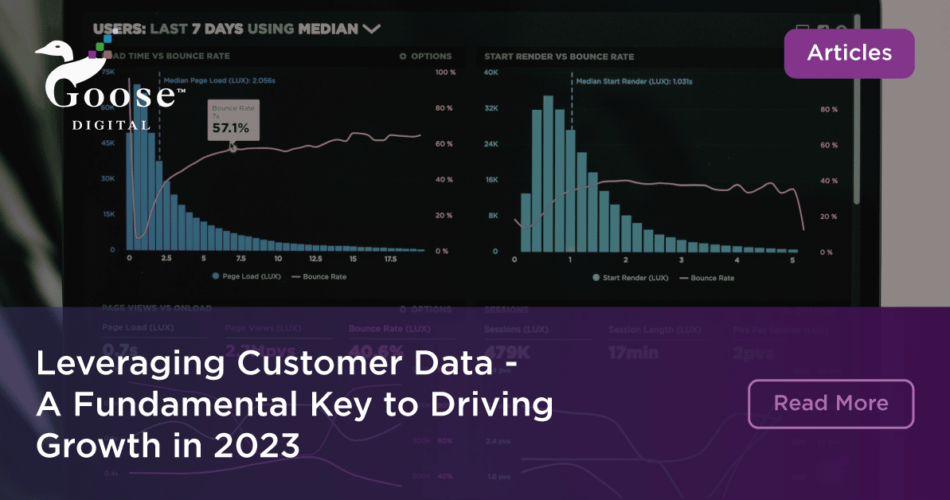2023 will bring lots of changes to how marketers engage with both prospects and clients. At the center of all of this is data. Here are a few key areas marketers need to focus on in order to drive growth in the upcoming year.
Zero Party Data
In 2023 Google will stop supporting the capture of third party cookies on Chrome, giving rise to a cookie-less world. This decision, taken in reaction to a myriad of concerns about digital privacy, plus Apple’s additional privacy measures is sending many marketers into panic. Brands who count heavily on this type of data to drive their marketing are scrambling to find new ways to drive ‘personalized’ communications. Marketers must now develop new data capture strategies. Enter Zero party data. This data set is acquired directly and with permission from prospects and customers through tools such as surveys or forms. The nature of this permissioned data makes it incredibly valuable but requires both strategic and technical support. Brands will need a defined strategic approach around what data they need to drive their marketing and how they will capture it. They will also require the right martech platforms to support the digital capture, storage and leveraging of the data, including analysis and executing on personalized marketing. Relevance and targeting of messaging for the end consumer has never been more important and marketers will need to have a strategy around zero party data in order to deliver impactful communications.
Refocusing on Real Value
Marketers who are still relying on opens and clicks as success metrics will be left with little to measure with the demise of cookie data and increased consumer owned data privacy controls. Most marketers, though, have already moved away from opens and clicks as measures of value and are focused on far more quantifiable KPIs like qualified leads and opportunities. Marketers are taking on more responsibility for revenue and as such are being called upon to connect the dots between their initiatives and resulting revenue. The ability to deliver on this requires access to data, ability to connect marketing data with revenue data and the right martech platforms to support this – including data visualization and reporting. This puts further demands on the marketing team, but demands that have to be fulfilled. Marketers who cannot report on the value they are driving will have difficulty getting budget and proving their own value.
Finding Areas of Opportunity
Going into 2023, brands will be asking of their marketing teams and the vendors who support them to do more with less. While immediate thoughts may turn to efficiencies, finding areas of opportunities within current marketing processes and existing customers are better opportunities to find incremental revenue without additional costs. So many companies still have a one size fits all approach when marketing to their existing customers. Or if they do focus on different segments, it’s typically their top customer segment. What is missing is the hidden opportunities with the next best segment or the customers who are not currently engaging or purchasing. But in order to drive into these segments, marketers must have the ability to identify them, develop a strategy to engage across multiple channels and measure success. A solid strategic plan and the right martech platforms will be essential in actioning these opportunities.
Ready to explore these areas of value but don’t know how or where to start? We are here to help. At Goose Digital, our Data and Insights team has the expertise and experience to support your data driven marketing opportunities, Contact Us today.
Source link




